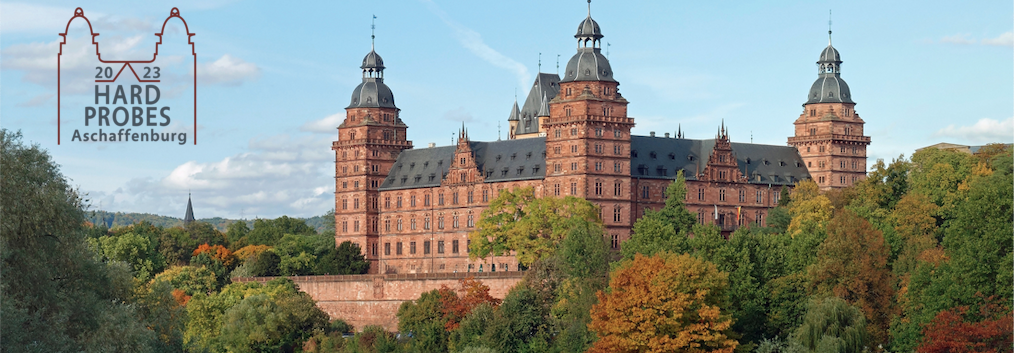Sprecher
Beschreibung
Charmonia production in RHIC is one of the best probes of the QGP state of matter which is created in those collisions. However, the genuine origin of such charmonia is under debate: statistical hadronisation (SH) model considers them as formed at the freeze out while transport models contain 2 components : the primordial charmonia, produced early and subject to decay rate as well as the continuous regenerated component enabled once the local temperature falls below the dissociation temperature. While the SH and transport models can describe the present data, they suffer from some shortcomings.
In our new approach (arxiv 2206.01308), we take strong inspiration from the open quantum system method and propose a microscopic model based on the evaluation of a creation/destruction rate (following Remler's model) from the set of all c and cbar correlated trajectories generated by combining c and cbar scatterings with the QGP and c-cbar potential estimated from lQCD calculations. This allows to describe the continuous generation of charmonia over time while preserving essential features of the quantum transport.
Comparison with LHC data demonstrates that our model is able to reproduce the global trends. In a 2nd version of our model to be presented at HP, we implement our approach in the newly relased EPOS4 and study in particular the role of c-cbar corrrelations in the initial stage as well as the contribution of the excited states, missing in the 1rst version of our model.
Affiliation
Subatech
| Experiment/Theory | Theory/Phenomenology |
|---|
